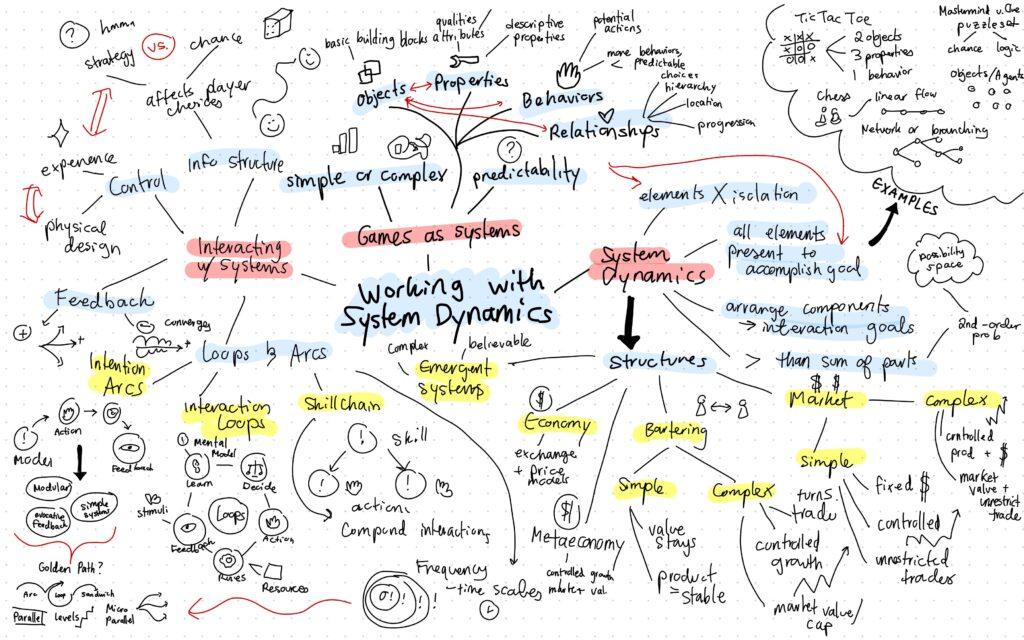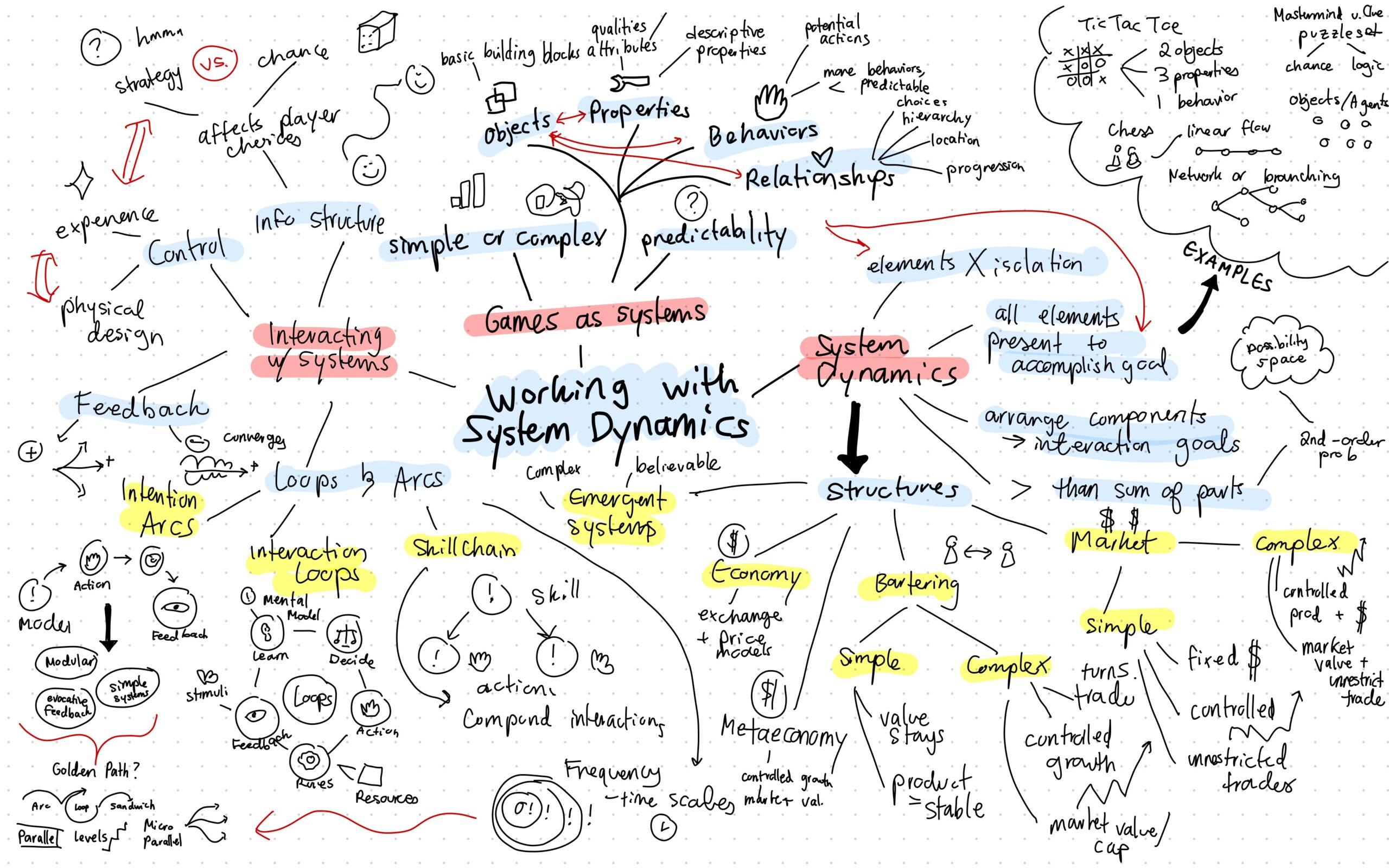
Our game is called Sugar Rush, a game that uses the concept of sugar to discuss how food companies and health organizations interact with each other.
Values: The values of our game are:
- Marketing tactics of food companies: We want to educate how unhealthy food companies release products and target them toward their consumers and interact with constituents to get more people addiction.
- Challenges of health organizations: We want to educate on the difficulties that health organizations have on encouraging healthy eating and working against food companies.
- Food and health management: To model how both organizations have to react to changes in the real world, we have event cards each round that influence the gameplay.
Loops: The key loop in this game is how players interact with each round. Each round draws an event card that impacts how the two teams of players (food companies vs. health organizations) interact with the game. The event cards offer advantages or disadvantages that can impact the players. Then, players take turns where they can either purchase action cards, use them, spend money to gain people cards, or get money from their bank. The loop is influenced by how players take turns and pool their money to get different advantages or people cards until a round repeats.
Arcs: The arc in the game are the rounds that occur. The rounds occur three times, where the winner is the team with the most people cards at the end. Thus, the game operates in a similar way as levels. Each round gets more difficult because you have to take into consideration the previous people cards the other team has already gotten and you also have less opportunities to get people cards. We have a simple economy with a fixed number of resources of action cards, people cards, and money that influences how quickly an arc begins and ends and the length of the game.



